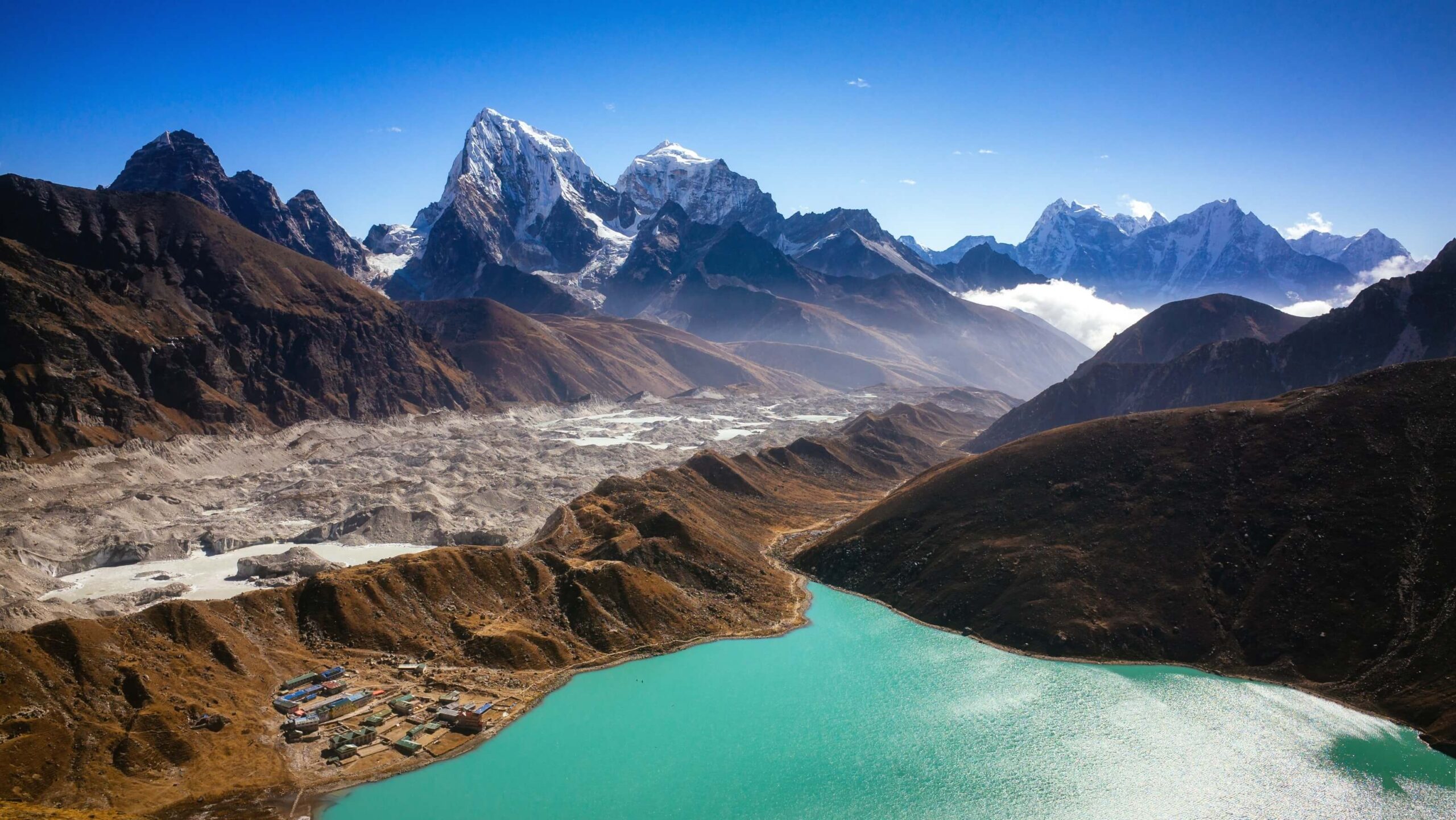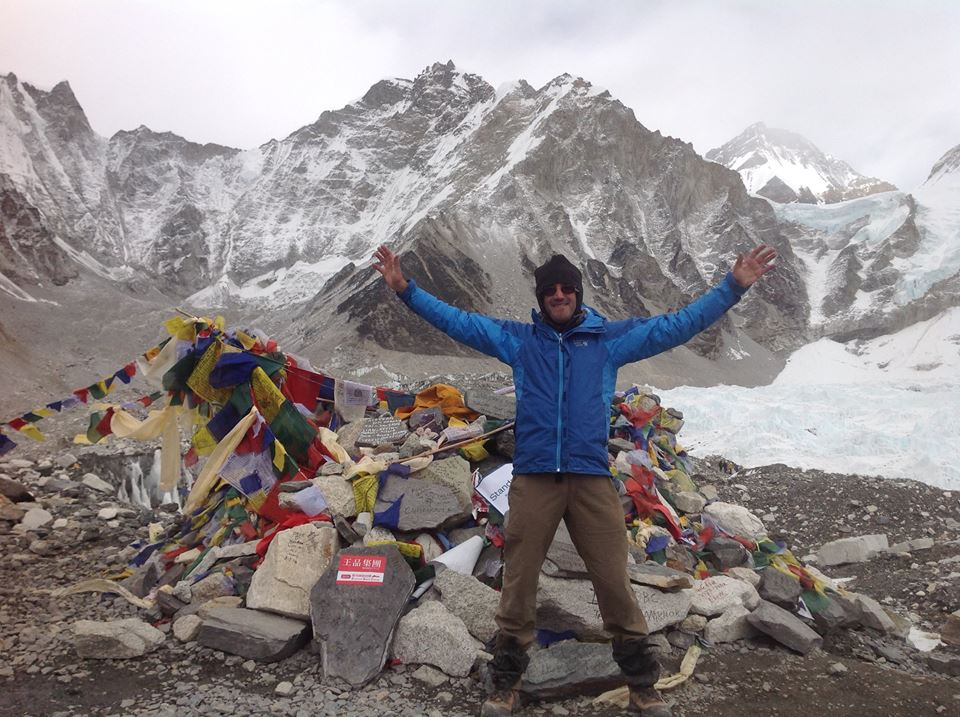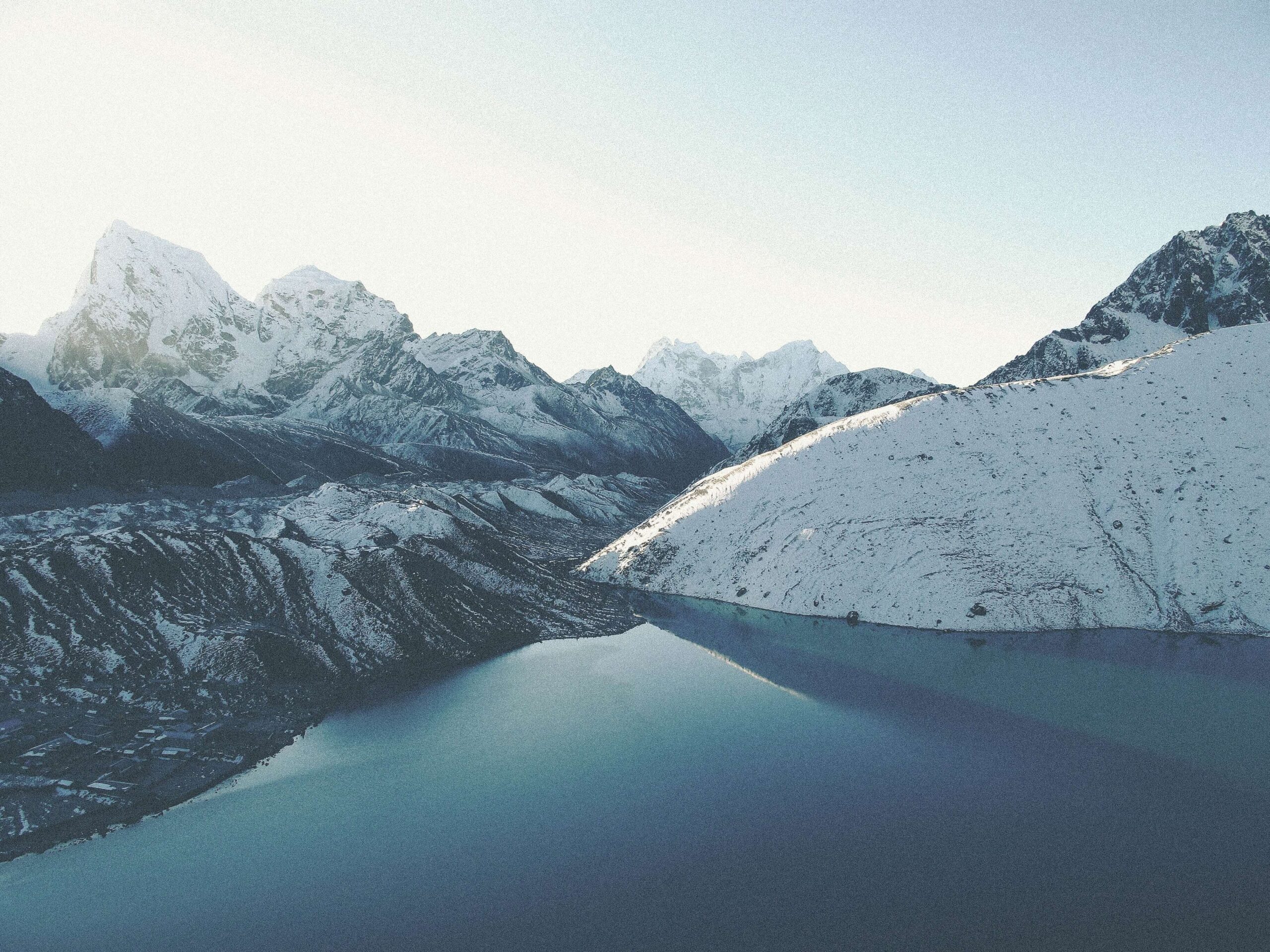Everest Base Camp to Gokyo via Cho La: An Adventurous Extension to the Classic Route
The Everest Base Camp Chola Pass Gokyo Trek offers an exhilarating adventure in the Everest/Khumbu Region. Combine the iconic Everest Base Camp with the remote Gokyo Valley and the high Chola Pass at 5,420m. Enjoy stunning views of Mt. Everest (8848m), Lhotse, Makalu, Ama Dablam, Kanchenjunga, Nuptse, Mt. Pumori, and more.
Immerse yourself in the natural beauty and rich culture of the Sherpa inhabitants. Explore lush forests, snowy trails, and high passes that provide a heavenly experience and create lifelong memories.
Everest Gokyo Chola Standard Trek 17 Days provides an exciting Himalayan experience traversing Nepal’s breathtaking Khumbu region. This thoughtfully crafted trek merges the iconic Everest Base Camp path with the secluded Gokyo Valley and the striking Chola Pass (5,420m), offering unforgettable vistas of Everest (8,848m), Lhotse, Makalu, Ama Dablam, and other magnificent peaks.
The expedition highlights varied landscapes, ranging from lush woodlands and glacial streams to snow-laden valleys and rugged mountain passes. A key feature is the tranquil Gokyo Lakes, where the azure waters mirror the surrounding peaks. Navigating the tough Chola Pass brings you to Kala Patthar, which provides a stunning 360-degree sunrise panorama of the Himalayas.
During the trek, you’ll immerse yourself in the vibrant Sherpa culture—touring ancient monasteries, exploring traditional villages, and experiencing lively Buddhist customs. Relish cozy teahouse accommodations, hearty local cuisine, and the welcoming hospitality of the Sherpa people, all while enjoying cost-effective options.
This 17 days standard trek is ideal for adventurous souls seeking both a physical endeavor and cultural engagement. You’ll traverse exhilarating suspension bridges, observe Himalayan wildlife, and explore Namche Bazaar and the tranquil Gokyo Valley.
Crafted with effective acclimatization and scenic diversity in focus, the Everest Gokyo Chola Standard Trek 17 Days ensures fewer crowds, richer experiences, and the utmost sense of accomplishment. Each step through Nepal’s most stunning landscapes guarantees awe, inspiration, and lasting memories.
How Difficult is Everest Base Camp to Gokyo via Cho La Pass Pass Trek?
Everest Base Camp to Gokyo via Cho La Pass trek is a strenuous and demanding high-altitude adventure in Nepal, recommended only for trekkers with strong physical fitness and prior experience in mountain trekking. Each day involves trekking for six to eight hours across steep, rocky, and uneven Himalayan terrain, which can be physically exhausting. The route reaches elevations above 5,420 meters (17,782 feet), especially at Cho La Pass, where reduced oxygen levels make even basic movements more difficult.
This Nepal trekking route is best suited for individuals with previous high-altitude trekking experience, strong cardiovascular endurance, and mental resilience for a multi-week Himalayan expedition. With proper acclimatization, gear, and preparation, the Everest Base Camp via Cho La Pass trek offers breathtaking views of the Himalayas, cultural immersion in Sherpa villages, and a truly life-changing adventure in the heart of the Khumbu region.
What is the best season for Everest Base Camp Cho La Pass Trek?
The best seasons for the Everest Base Camp trek are spring (February to second week of June) and autumn (mid-September to December). These months offer clear skies, mild temperatures, and stable weather, making them ideal for trekking in the Everest region. During these peak seasons, trekkers enjoy panoramic Himalayan views, vibrant landscapes, and safer trail conditions perfect for both beginners and experienced hikers.
What Will the Weather Be Like?
Throughout the period from February to the second week of June, trekkers can enjoy one of the best windows for the Everest Base Camp trek, with clear skies, stable weather, and vibrant Himalayan landscapes. Proper layering, warm clothing for chilly mornings and nights, and breathable gear for daytime hikes are essential to stay comfortable across varying temperatures.
In February, early mornings and nights are extremely cold, with temperatures ranging from -15°C to -20°C, while daytime temperatures stay between -5°C and 0°C; skies are generally clear, but the conditions remain wintry. As March arrives, signs of spring begin to emerge—early mornings hover around -10°C to -15°C, daytime temperatures rise to between 0°C and 7°C, and nights remain cold at -12°C to -15°C. April brings milder weather, with early mornings ranging from -5°C to -10°C, daytime temperatures reaching 5°C to 10°C, and nighttime temperatures settling around -8°C to -10°C. May is considered one of the most pleasant months for trekking, offering early morning temperatures between 0°C and -5°C, daytime warmth of 10°C to 15°C, and relatively mild nights at -5°C to 0°C. In early June, the pre-monsoon warmth sets in, with mornings around 0°C, daytime temperatures between 10°C and 15°C, and nights staying close to 0°C; however, by mid-June, the monsoon season begins, bringing increased cloud cover and occasional rain showers.
From mid-September to December, the Everest region enters its autumn and early winter phases, offering some of the most reliable and rewarding conditions for trekking. This period is characterized by a dry climate, crystal-clear skies, and stable weather patterns, making it ideal for high-altitude adventures like the Everest Base Camp trek. With minimal rainfall and excellent visibility, trekkers can enjoy uninterrupted views of the Himalayan peaks and comfortable trail conditions. Widely regarded as one of the best trekking windows, this season is perfect for both experienced hikers and well-prepared beginners seeking a safe, scenic, and unforgettable journey through the heart of the Himalayas.
In mid-September, as the monsoon rains fade, the air becomes fresh and clear, with daytime temperatures ranging from 15°C to 20°C and nights cooling to around 5°C to 10°C. October is the most popular trekking month, offering dry weather, crisp mornings, and mild temperatures between 12°C and 18°C during the day, with nights dropping to 0°C to 5°C. By November, the trails grow quieter and colder, with daytime temperatures around 8°C to 15°C and nighttime lows between -5°C and 0°C. In December, early winter sets in, bringing serene, snow-dusted landscapes and clear skies, but trekkers must prepare for cold conditions—daytime temperatures hover between 5°C and 12°C, while nights can plunge to -10°C or lower.
What types of accommodation are included?
Comfortable and well-managed accommodation is essential during the Everest Base Camp trek, especially after trekking 6 to 8 hours daily through rugged Himalayan terrain. At Unique Path Trekking, we ensure that every aspect of your stay—from city hotels to mountain lodges—is designed for relaxation, recovery, and cultural immersion.
Before and after the trek, guests stay in a 3 to 4-star hotel in Kathmandu on a bed and breakfast (BB) plan, offering modern amenities and a peaceful environment to begin and end your adventure.
Along the trekking route, we provide accommodation in tea houses (mountain lodges) under a full board (AP) plan, which includes breakfast, lunch, and dinner. These tea houses are locally owned and resemble small hotels, featuring private twin-sharing rooms, hot showers, and freshly prepared meals. Trekkers can enjoy a variety of cuisines including Nepalese, Indian, Tibetan, Chinese, and Continental dishes, served in cozy dining halls.
To enhance comfort, our full board package includes attached toilet rooms at select key locations such as Lukla, Phakding, and Namche Bazaar. This added convenience ensures a more pleasant experience, especially during colder months or peak trekking seasons.
Staying in tea houses also allows trekkers to engage with the local Sherpa community, offering a deeper connection to Nepalese culture and the unique lifestyle of the Himalayas.
What meals are included during the trek?
During the Everest Base Camp trek, trekkers are provided with three freshly prepared meals each day—breakfast, lunch, and dinner—as part of the full board package. These meals are served in local tea houses, which feature cozy dining halls and offer a warm, welcoming atmosphere after long hours of trekking through the Himalayas.
Trekkers can enjoy a wide variety of cuisines, including traditional Nepalese, Indian, Tibetan, Chinese, and Continental dishes. The meals are designed to be hearty, nutritious, and energy-rich, helping trekkers stay fueled and focused throughout their journey. Whether you’re craving dal bhat, fried noodles, pasta, or pancakes, you’ll find satisfying options at nearly every stop along the trail.
A nutritious breakfast is essential to start the day strong. Common breakfast options include porridge or oats, which are high in fiber and ideal for cold mornings; Tibetan bread, a fried flatbread often served with jam or honey; and pancakes, available in flavors like apple, banana, or chocolate. Eggs are served in various styles—boiled, scrambled, or as an omelet—while toast with spreads such as jam, honey, or peanut butter is also widely available. Hot beverages like tea or coffee are a staple, helping trekkers stay warm and hydrated.
Lunch and dinner meals are typically carbohydrate-rich to replenish energy lost during the trek. Popular choices include dal bhat, the classic Nepali dish made of steamed rice, lentil soup, and vegetables; momos, which are steamed or fried dumplings filled with vegetables or meat; and thukpa, a hearty noodle soup. Other options include Sherpa stew, a thick soup with potatoes and vegetables; fried rice or noodles served with meat or vegetables; and even pasta or pizza, which are available in some tea houses.










